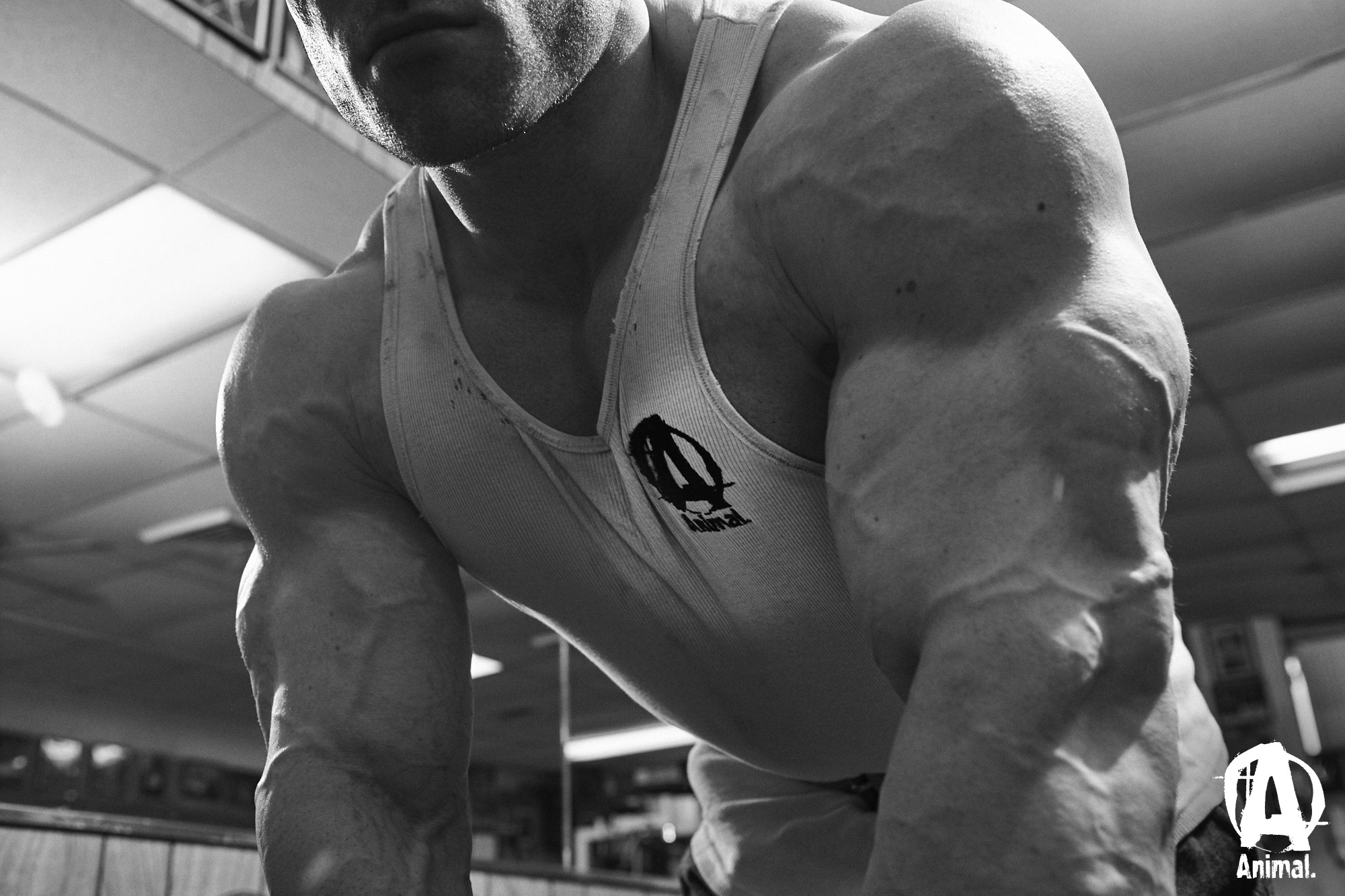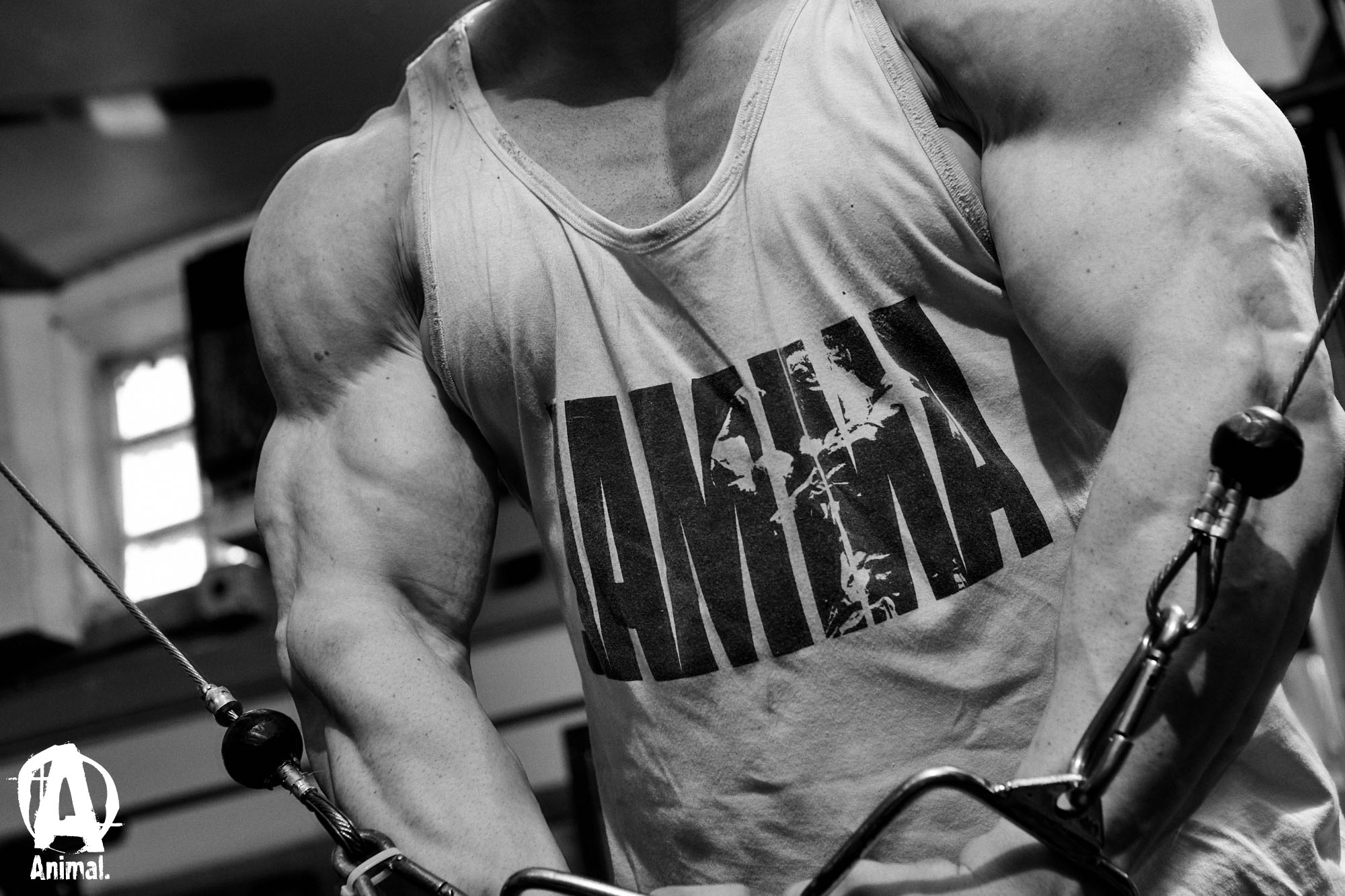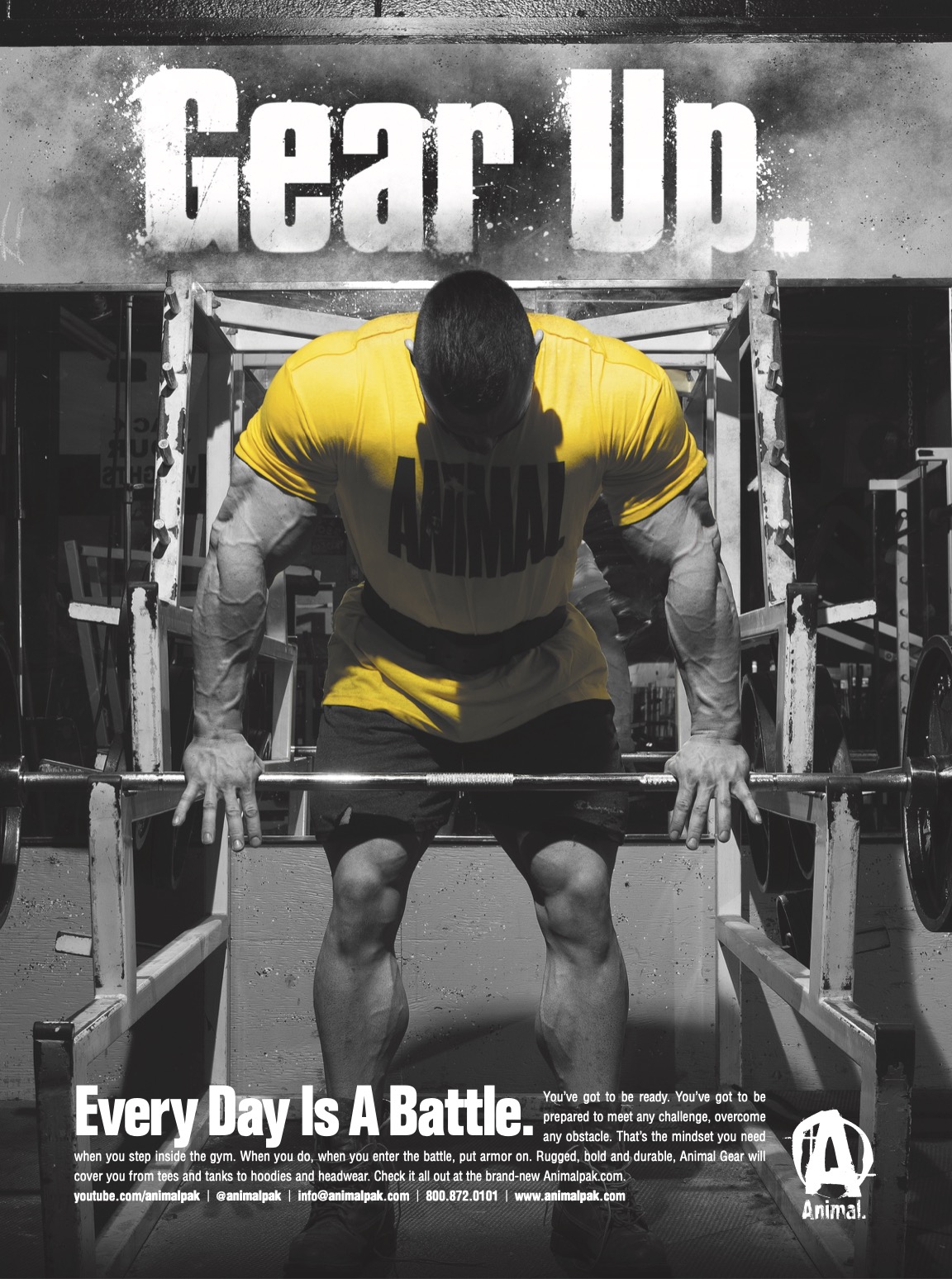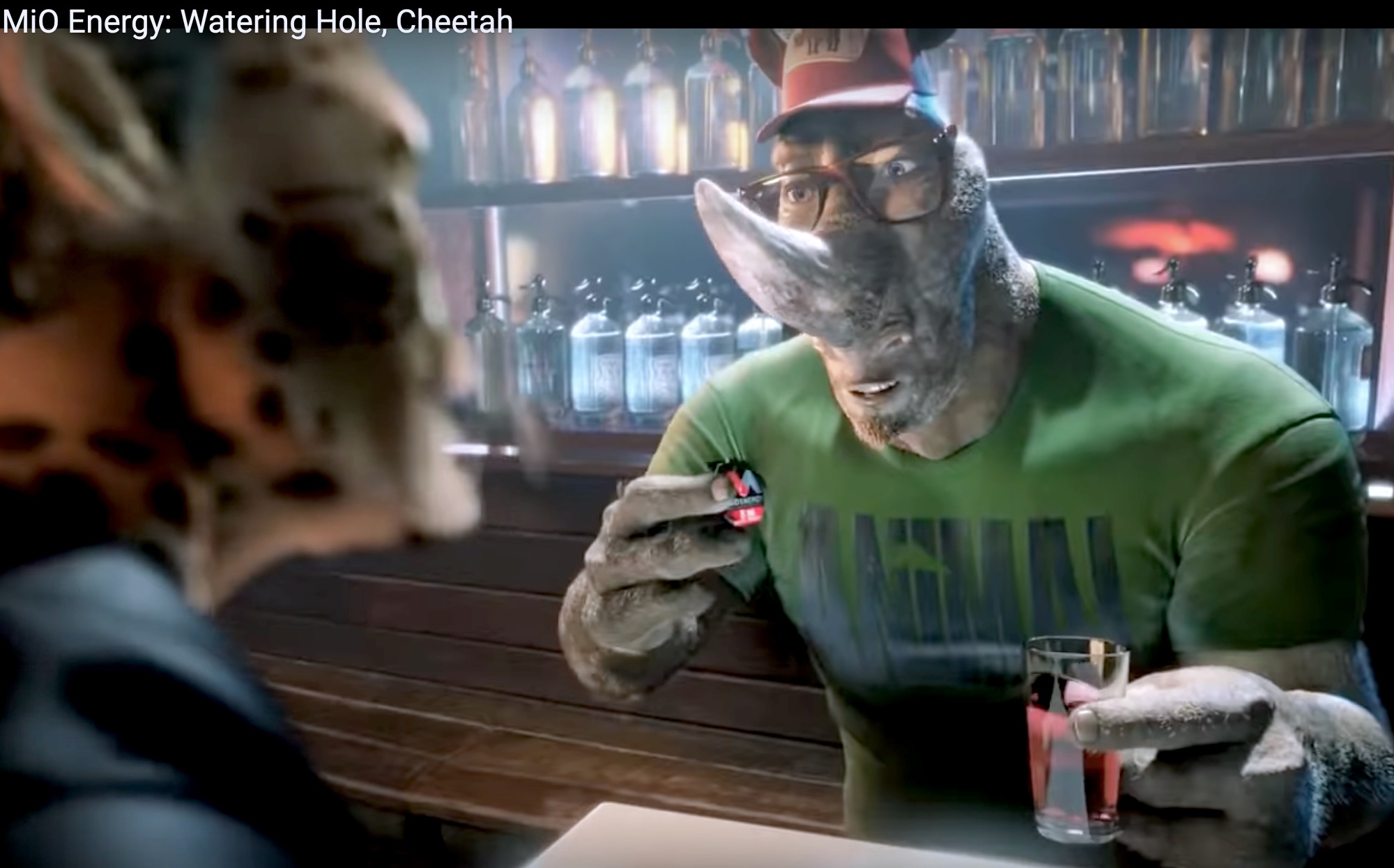APPAREL | "If You Build It, They Will Come"
From Promo To Precious
Is it possible to transform something that consumers take for granted, into real value?
The motivation behind coming up with The Cage was an attempt to create something novel, something that would differentiate us from our competitors. By turning left when everyone else turned right, we changed the rules of the game. This was also true for how we handled swag, specifically t-shirts. Before The Cage, we used t-shirts as promotional items at expos and other marketing venues. At expos, like all of our competitors, we were accustomed to throwing out t-shirts for free at appointed times. Of course, our disadvantage was clear–if we had 100 t-shirts to share with the fans, our competitors had 1000. What to do?
Take something you've always done, and ideate along innovative lines. Here, the question was simple–can you turn something that is handed out at no charge, that consumers expect for free, and imbue it with new value? This was something I was grappling with. It was Sunday (a few years ago), and the Arnold Sports Festival was winding down. I was chatting with a senior sales rep, and told him that we needed to stop throwing t-shirts out for free. Next year, I told him, we're going to sell t-shirts for $10.00 a pop. He looked at me like I was crazy. In his mind, a t-shirt was fixed in his mind as a giveaway.

The first time we hit five figures, that same salesperson called me and said, "Phil, I'll never doubt you again." Within a couple of years, we were easily generating booth revenue in the six figures from our t-shirts and other clothing. With special limited edition items, we were charging as much as $20 to $25 per tee. Truth is, I was very fortunate that we tapped into a real need. Still, building a lifestyle-centered brand offers advantages. When you are selling a way of life and not a product, every brand extension (from products to t-shirts) carries emotional heft.

Building A New Revenue Stream
Based on the success of t-shirt sales in The Cage at the Arnold Sports Expo, we eventually launched a line of clothing we called "Animal Gear." The line would eventually include custom-made t-shirts as well as caps and hoodies, among other things. Though we didn't know much about merchandising, we figured it out and within the first year, we increased sales by 300%–mostly through WOM (though we did support the new business with advertising).

In order to maintain the integrity of the gritty Animal brand, we always advertised and promoted our clothing line in real world situations (something I learned from Patagonia many years ago).
Cultural Impact: Animal & Iconic Tee
Steve Jobs often used a quote attributed to Picasso: "Good artists copy, great artists steal.” Earlier in the century, American poet, T.S. Eliot wrote that "the immature poet imitates and the mature poet plagizarizes." Whether we built a cult following or not, the Animal brand certainly seemed to make a lasting impact on the cultural consciousness–even beyond ourt industry. In 2011, Kraft launched a new product called MiO, a line of concentrated syrups that you could add to flavor your bottle of water. In one commercial for MiO Energy, two "animals" in a bar talking about the product. The cooler, muscular character is a rhino who loves MiO–and he's wearing an OD Green Animal Iconic Tee.

Watch the MiO Energy commercial here.